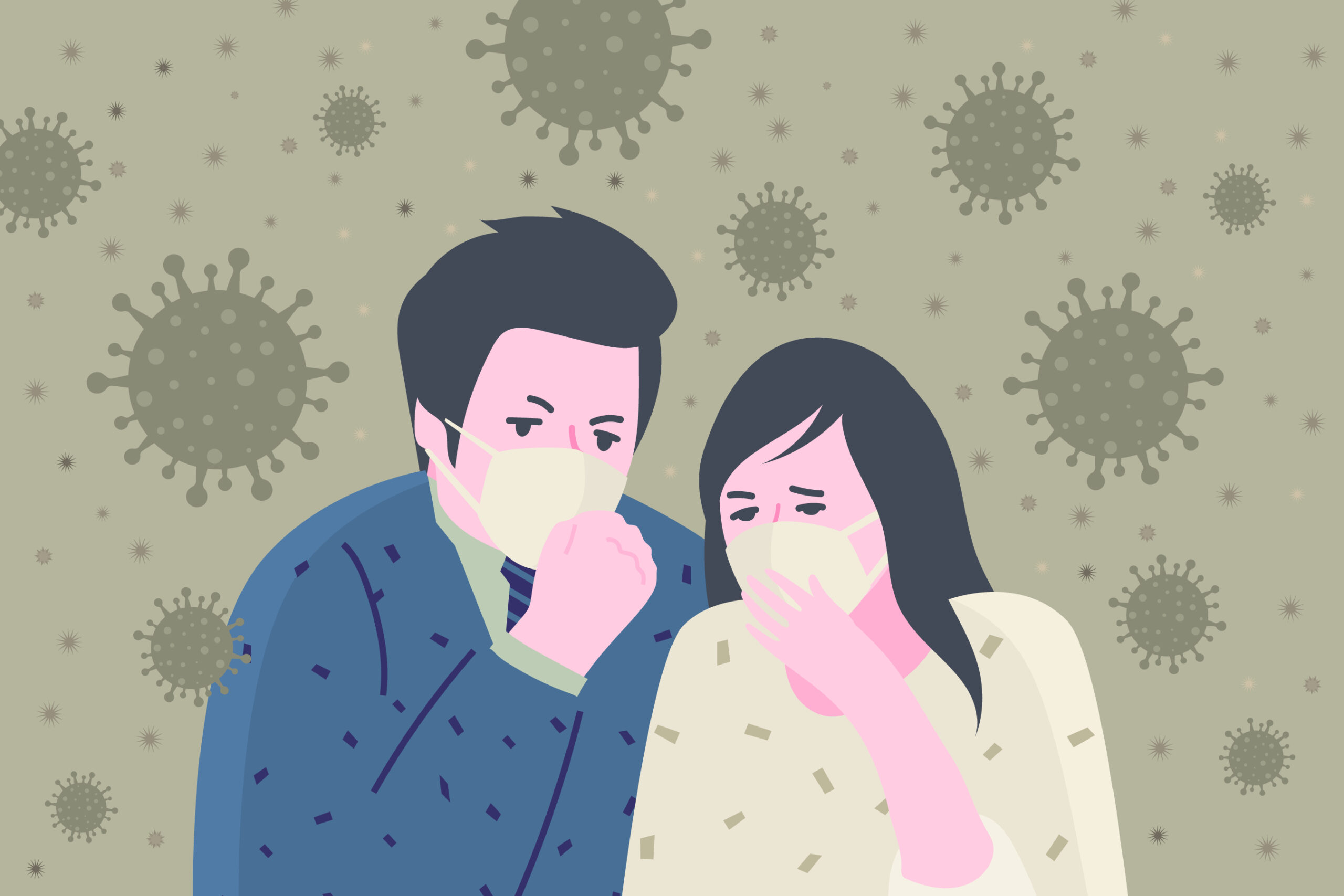
Release date: 2021.10.26
One year and nine months have passed since the epidemic of the new coronavirus infection, and the reality of long-term sequelae is becoming clear. Domestic and overseas surveys have shown that some patients who have recovered from the new coronavirus have some kind of aftereffects even one year after the onset of symptoms and cannot return to their previous state. As the number of people infected with the novel coronavirus is declining nationwide, the existence of long-term sequelae is being highlighted.
The definition of corona sequelae is not established, but the guidelines of the US Centers for Disease Control and Prevention (CDC) and the UK National Institute for Health Care and Excellence (NICE) say, symptoms”.
A research group at the National Center for Global Health and Medicine found that after recovering from COVID-19, 1 in 4 people developed symptoms that appeared to be some kind of aftereffect even six months after the onset of symptoms, and less than 10% of people had symptoms even after a year. In September of this year, we summarized the research results that the symptoms were prolonged and reported them to the research site "medRxiv". The center asked the 526 people in their 20s to 70s who participated in the survey of corona recovery patients from February last year to March this year whether they had any prolonged symptoms. There were 457 respondents, and the breakdown of severity was 84% mild (patients who do not require oxygen administration), 13% moderate, and 3% severe. An analysis of the responses revealed that 120 people (26.3%) answered that they still had some symptoms six months after the onset. Approximately 1 in 4 people suffer from the following symptoms: olfactory disturbance 7.7%, taste disturbance 3.5%, malaise 6.6%, shortness of breath 3.9%, cough 2.4%, hair loss 3.1%, memory impairment 11.4%, and poor concentration. 9.8%, and 8.1% with depressive symptoms. Memory impairment, poor concentration, and depression were more common than olfactory and gustatory disorders.
Furthermore, after 1 year, 40 patients (8.8%) still had symptoms, olfactory disturbance 1.1%, taste disturbance 0.4%, malaise 3.1%, shortness of breath 1.5%, cough 1.1%, hair loss 0.4%, memory impairment 5.5%, I was suffering from concentration loss 4.8%, depressive symptoms 3.3%, etc. The fact that one of these symptoms did not reach zero percent indicates the seriousness of the aftereffects.
In the acute phase, the risk of severe COVID-19 is high among men and the elderly who tend to be obese. It has been shown to be more likely to occur in people with phenotypes and can significantly reduce quality of life. In addition, it was found that women were more likely to experience symptoms of hair loss (about 3 times), fatigue (about 2 times), smell disturbance (about 1.9 times), and taste disturbance (about 1.6 times) than men. .

On the other hand, according to a paper published by Capital Medical University in China in August 2021 in the British medical journal Lancet, about 50% of people hospitalized with the new coronavirus complained of some kind of symptoms one year after the onset. . The university followed up on 1,276 patients aged 49 to 67 who were discharged from hospitals in Wuhan, Hubei Province, China between January and May 2020. Seventy percent of the patients were receiving supplemental oxygen.
According to the results, 68% of all patients complained of some kind of symptoms six months after the onset, and 49% of them still had symptoms one year later. Twenty percent had fatigue and weakness, 17% had trouble sleeping, 12% had joint pain, and 11% had hair loss. In addition, 30% complained of shortness of breath and 26% complained of anxiety/depressive symptoms, and these symptoms increased in proportion after six months. Among patients with symptoms of shortness of breath, many who underwent chest CT scans and pulmonary function tests had pulmonary abnormalities or dysfunction.
People who have been vaccinated twice and become infected two weeks later have a breakthrough infection with a high probability of developing corona sequelae. reports from abroad.
There are various hypotheses about the cause of corona sequelae, but many are still unexplained. The leading theory is that the immune system malfunctions due to corona infection and is caused by an autoimmune reaction that attacks the body, and it is speculated that a large percentage of patients with aftereffects are.
At present, there is no established treatment for corona sequelae, and symptomatic treatment is the main focus. The prevention of aftereffects is not to be infected with corona, and it can be said that basic infection measures are important.
MEDIUS Group is developing a business centered on the sale of medical equipment. We (Medical + us) involved in medical care also want to play the role of an information source (Media) that delivers useful information for the medical field and people's healthy tomorrow.